Country Name: Austria
System of government: Federal Republic
Capital: Vienna (Wien)
Location: Landlocked central European nation, sharing borders with Czechia to the north, the Federal Republic of Germany to the north-west, Switzerland and Liechtenstein to the south-west, Italy and Slovenia to the south and Hungary to the east
Area: 83,849 sq km
National composition: Austrians (98%), Slovenian and Croatian minorities
Religion: Roman Catholic
Official language: German
Currency: Euro
Administrative Divisions: 9 federal states (Bundeslander): Vienna (Wien); Lower Austria (Niederosterreich); Styria (Steiermark); Upper Austria (Oberosterreich); Carinthia (Karenten); Tirol; Salzburg; Burgenland; Vorarlberg
Other major cities: Graz, Linz, Salzburg, Innsbruck
Highest elevation: Grossglocckner (3,798 m) in the Alps
Chief rivers: Danube (Donau) with its tributaries, Lech, Inn, Traun, Enns and Drau (Drava); the Rhine (Rhein) forms part of the boundary in the west
Climate: Continental in the east and north-east; Atlantic influences in the west; Alpine climates at the higher altitudes
Austria Encyclopedia: Map
The Alps make up about three quarters of Austria. Hilly and lowland regions include the Alpine and Carpathian forelands, the Vienna Basin, the Marchfeld and Burgenland. And north of the Danube is the Austrian Granite Plateau.
Austria has many rivers. Most join the Danube, which is navigable throughout Austrian territory. Many of these rivers rise in the Alps and are harnessed to produce hydroelectricity. The Alpine region contains many glacial lakes. Other large lakes include Lake Neusiedler on the Hungarian border and Lake Constance (Bodensee) on the Swiss border.
Coniferous forests, dwarf pines and the flora of the high Alpine meadows represent the original climax vegetation. Typical animals of the Alpine region are the chamois, marmot and ptarmigan. In places, patches of deciduous woodland have survived in the Alpine foreland, but the foothills of the Alps have been mostly cultivated or turned into orchards.
Cultivated land occupies about 18 per cent of Austria and, in 1980, agriculture employed 9 per cent of the work-force. Most farms are mechanized and specialized according to the prevailing natural conditions. The pastures in the foothills are used to graze cattle, while lowland farmers tend to specialize in such cash crops as cereals, fodder, potatoes and sugar beet. At the lowest levels and around the cities and towns, fruit and vegetables are grown. South facing hills are used to grow grapes which are used for high quality wines.
Industry accounts for two-fifths of the gross domestic product and accounts for 37 per cent of the work-force. Austria has large deposits of high grade iron ore and magnesite. Oil and natural gas are produced, and other minerals include antimony, bauxite, copper, gypsum, kaolin, lead, lignite, molybdenum, rock salt and zinc. The largest single industrial sector is the iron and steel industry. And in a country where forests occupy 40 per cent of the land, paper and pulp industries are obviously important. The chemical industry, producing top-quality fertilizers, pulp and cellulose, pharmaceuticals, dyestuffs, man-made fibres and plastics, is also significant. Austrian engineering and electrical products are also of good quality. Austria is a member of the European Free Trade Association (EFTA). In 1981, the country’s per capita gross national product was US $10,210.
Over half of Austria’s railways are electrified and the country has a good system of roads and motorways. Vienna and Linz are the main river ports on the Danube. The country has several major airports, the largest being Schwechat, near Vienna. Austria also has many rack railways, aerial ropeways and ski lifts to transport skiers and holiday makers. Tourism is a major source of revenue. Austria has many summer and winter resorts in the mountains, as well as several popular spas. In 1982, more than 14 million tourists visited the country.
 Kids Portal For Parents India Kids Network
Kids Portal For Parents India Kids Network
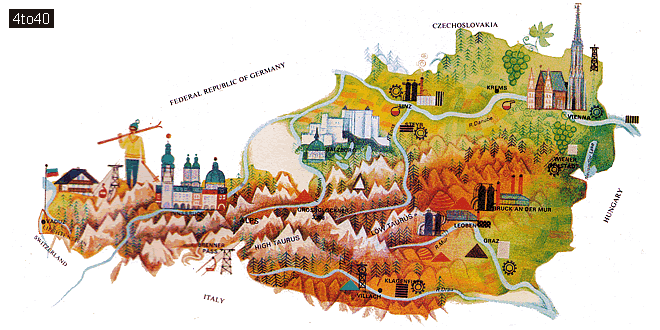
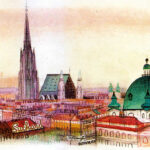
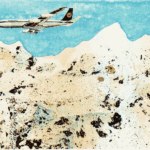
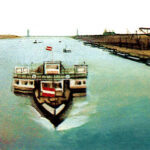
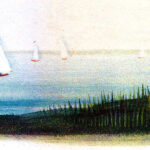
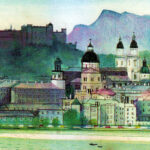
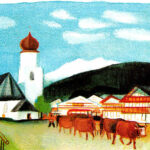
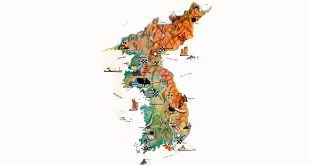


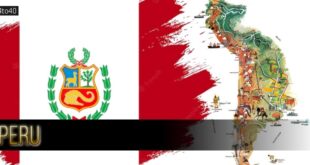
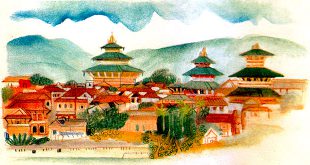
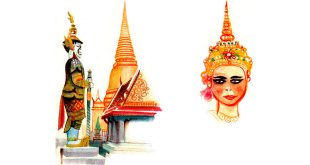
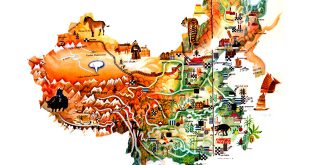
2 comments
Pingback: Hungary Encyclopedia Facts For Students - Kids Portal For Parents
Pingback: Liechtenstein Encyclopedia & Facts - Kids Portal For Parents